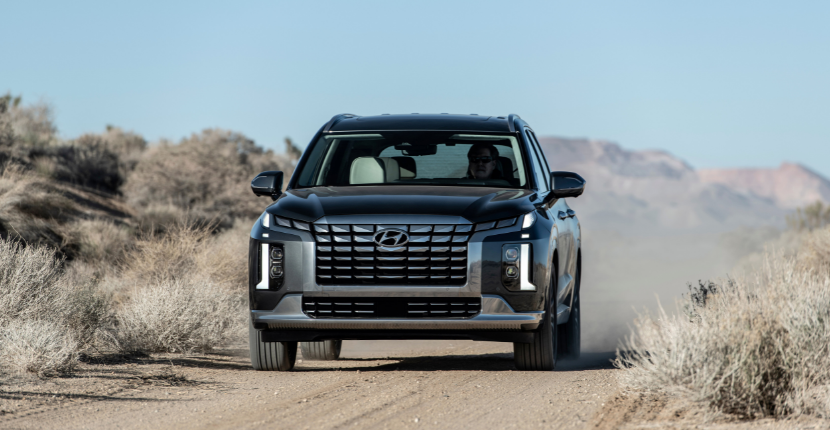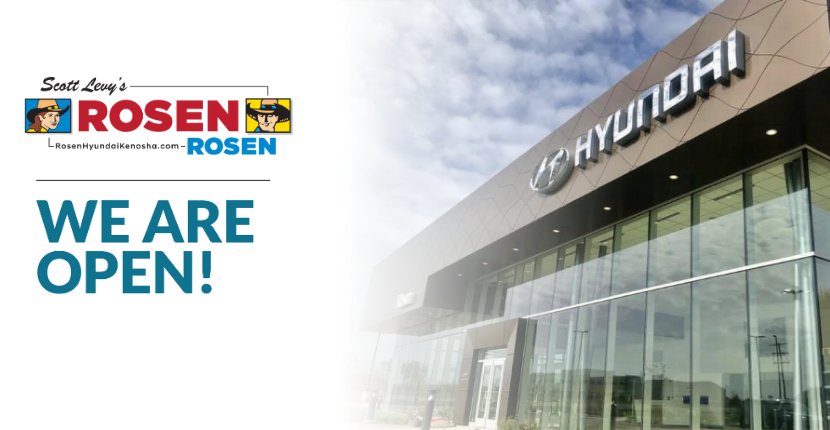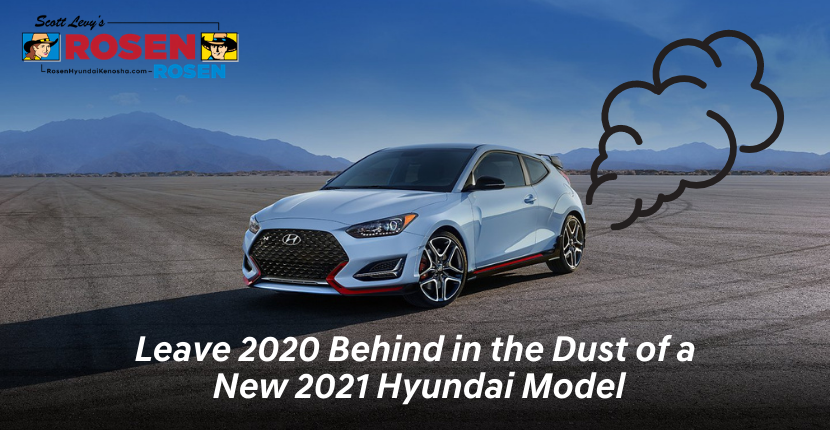What’s The Difference Between AWD and 4WD?

American drivers are steadily choosing SUVs and CUVs over other types of vehicles. With those models, many drivers want either all-wheel drive (AWD) or four-wheel drive (4WD). Both systems provide great traction and control, AWD and 4WD are different in several major ways. That’s why it’s important to understand the difference between 4WD and AWD because using the correct one could impact your safety out on the road. Test drive AWD vs. 4WD now at Rosen Hyundai Kenosha!
What Does All-Wheel Drive Mean?
All-Wheel Drive is a system that delivers power from your vehicle to all four wheels at the same time for the entire time you are driving your car. Active AWD means the amount of torque allocated to each wheel varies across time, and it will typically operate with either a front or rear bias. The AWD system directs power to your vehicle’s axle when traction is needed at one or more of the other wheels. It also typically uses a center differential that enables the front and rear wheels to operate at different speeds.
What is a Four-Wheel Drive System?
Four-Wheel Drive systems were developed to maintain optimal traction when manually selected, so the front and rear driveshafts can be locked together to move at the same speed and distribute the same amount of torque to all four of your vehicle’s wheels. In general, it is intended for off-road use and on very slippery surfaces, such as inclement weather. There are also several different types of 4WD:
- Part Time 4WD: The most traditional and best type of 4WD system, this operates on two-wheel drive unless manually or automatically switched to four-wheel drive.
- Full-time 4WD: Sometimes called permanent 4WD or automatic 4WD, this system sends an equal twenty-five percent of power to each wheel all of the time, but a clutch pack or center differential enables the front and rear driveshafts to operate at different speeds.
- On-demand 4WD: This system operates in 2WD and automatically activates other wheels when traction is needed.
So, What’s the Difference?
When comparing both systems for you Hyundai, you should know that the major difference between them is that they utilize different parts of a vehicle. Hyundai AWD typically uses more components: an engine, a torque converter (or clutch), a transmission, a center differential, a clutch pack, a rear differential, and a front differential. Other AWD systems use unique technology such as hybrid electric. Meanwhile, Hyundai 4WD often only uses an engine, a torque converter (or clutch), a transmission, a transfer case, a rear differential, and a front differential.
How They Operate in Snow
There’s another difference between AWD vs. 4WD in snow. However, it really depends on how much snow there is and the setting of the drive. While AWD is better for driving on a snowy highway, 4WD is best for driving over a snow-covered flat field. The system that is right for you will depend on what setting you typically drive in.
Visit Rosen Hyundai Kenosha!
Looking for a Hyundai in Kenosha, WI? At Rosen Kenosha Hyundai, we have a full inventory of new and used vehicles—including the exciting new 2023 Hyundai Kona! Our goal when you visit our new Hyundai dealership is to provide you with a superior experience satisfying your needs. Experience the Rosen difference when you shop or service with us! Visit us to learn more about whether AWD or 4WD is best for you!



